Description
IMPORTANT NOTES
1. CROSS PLATFORM: These .WAV impulse responses can be used in any hardware or application that supports IR’s. This includes products by Line 6 (Helix, HX Stomp, HX Effects, etc), Kemper, Axe-FX, etc.
2. EXPERIMENT: We’ve included multiple options in this IR pack (more details below). The best idea is just to start experimenting and find the IR or combinations of IR’s that sound the best.
QUICK START
The first step is to determine what sample rate and length you need to use. Refer to the user manual of the hardware or software you intend to use the IR’s with to determine the correct file type. These IRs come in the following options:
- 44.1 kHz, 500ms
- 48 kHz, 500ms (Line 6 Hardware – use 500ms)
- 96 kHz, 500ms (IRIDIUM – use 500ms)
- We’ve also included a ‘Line 6’ and ‘Iridium’ folder. These are the 48k 500ms and 96k 500ms options respectively.
Next you’ll want to experiment with the different mic options. Our recommendation is to start with the ‘mic combo’ options. We have found that if you intend to run two IR’s in stereo, the best results come from using two different single mic IR’s. See the ‘Mic’ section below for more details.
We have also included two different EQ options for each IR. See the ‘EQ Options’ section below for more details.
THE CAB/SPEAKER
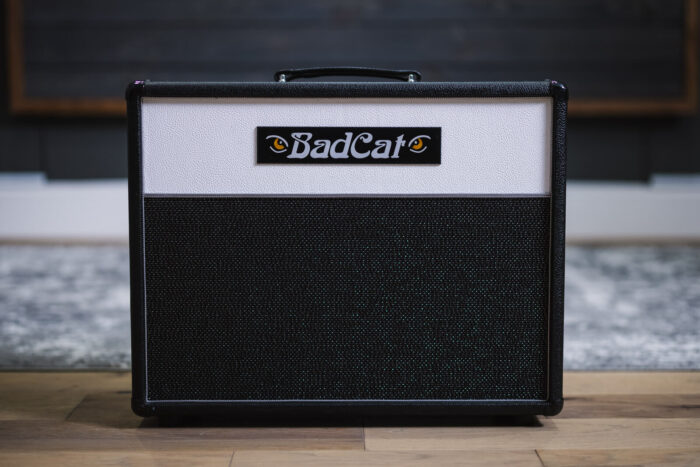
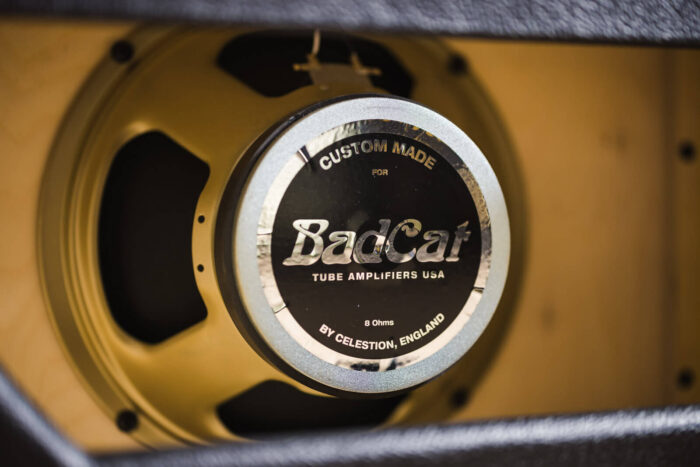
These IR’s were created from a Bad Cat 1×12 cabinet loaded with Bad Cat’s proprietary Custom 65 watt UK Celestion speaker. To our ears, this speaker sits somewhere between an Alnico Blue and a G12H30 with a hint of Vintage 30 – the result is the chime and clarity from the Blue with the full body response and tight low end from the G12H.
THE MICROPHONES
To create this IR pack we used a variety of microphones, including a Slate VMS ML2, which we used to recreate emulations of classic microphones
In the file names you’ll see microphone codes. Here is what they mean:
- ‘121’ – This is a Royer 121. The 121 is a classic ribbon mic used on countless hit records. Pairs well with dynamic mics.
- ‘160’ This is the Beyerdynamic M160. It’s a ribbon mic that is a popular alternative to the Royer 121. It’ offers the warmth of a classic ribbon mic but with the punch and midrange often found in dynamic mics. Pairs well with dynamic mics.
- ‘SR25’ – This is the Earthworks SR25. A small diaphragm condenser that works extremely well on a wide variety of instruments, and surprisingly well on guitar cabs. It’s very articulate and bright without being harsh, but has a ton of warmth and character as well. We love pairing this with the 160. Pairs well with ribbon mics.
- ’57’ – The Shure SM57. You’ve heard it a million times on a million guitar tones. Tried and true. The midrange of this mic is perfect for guitar tones, but on it’s own it can be somewhat bright and harsh. Pairs well with ribbon mics.
- ’TF51’ – This is a Telefunken TF51 tube large diaphragm condenser microphone. This mic captures everything – big bottom end with all the mids and highs as well. It stays bright and smooth in the upper midrange and highs without getting harsh. Pair this one with either ribbons or dynamics – it goes great with everything.
‘EQ VERSIONS’
We’ve included two separate EQ options for each individual IR – one is unlabeled and the other is labeled ‘EQ’.
Regular: The unlabeled option is minimally processed. We created these IR’s by running the microphones through Neve 1073 DPX with on-board EQ. We’ve slightly EQ’d the mic’s on the preamp itself, but these IR’s include minimal processing from this point.
We find these IR’s sound fuller and rounder and work well inside of units like the Helix or Axe-FX where you can apply more complicated processing to your signal with EQ’s and other effects.
EQ: The ‘EQ’ options have further equalization refinements applied to them. These sound a bit brighter and more refined – think of them as more ‘mix ready’. We find the ‘EQ’ versions sound better in units like the Stymon Iridium and Walrus ACS1
INCLUDED DOWNLOADS
The IR’s are available in WAV format in three different sample rates: 44.1 kHz, 48 kHz, and 96 kHz (all at 24 bit). This ensures these IR’s are compatible with a wide variety of hardware and software options.
CHANGE LOG
Version 1.0 (2021-10-03)


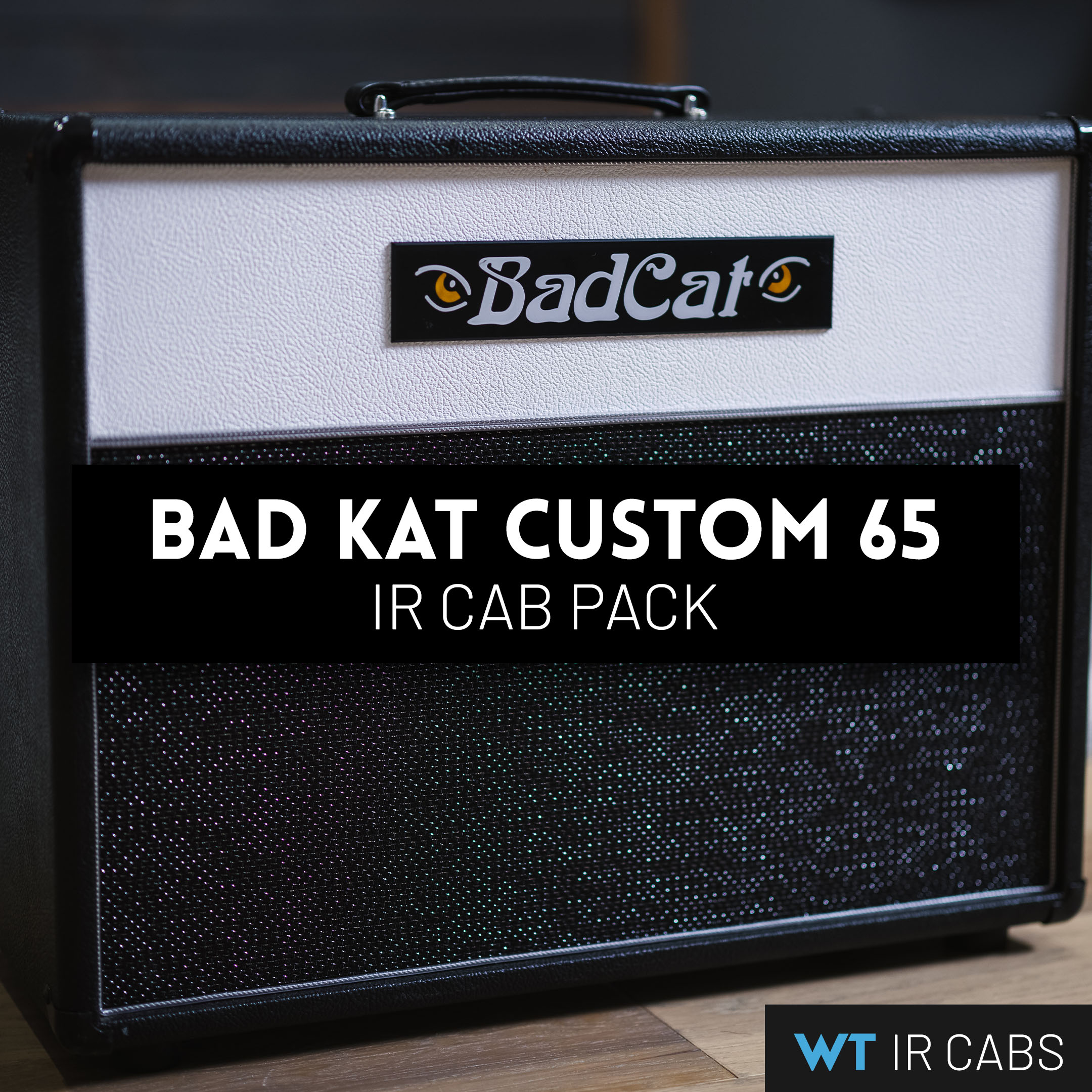
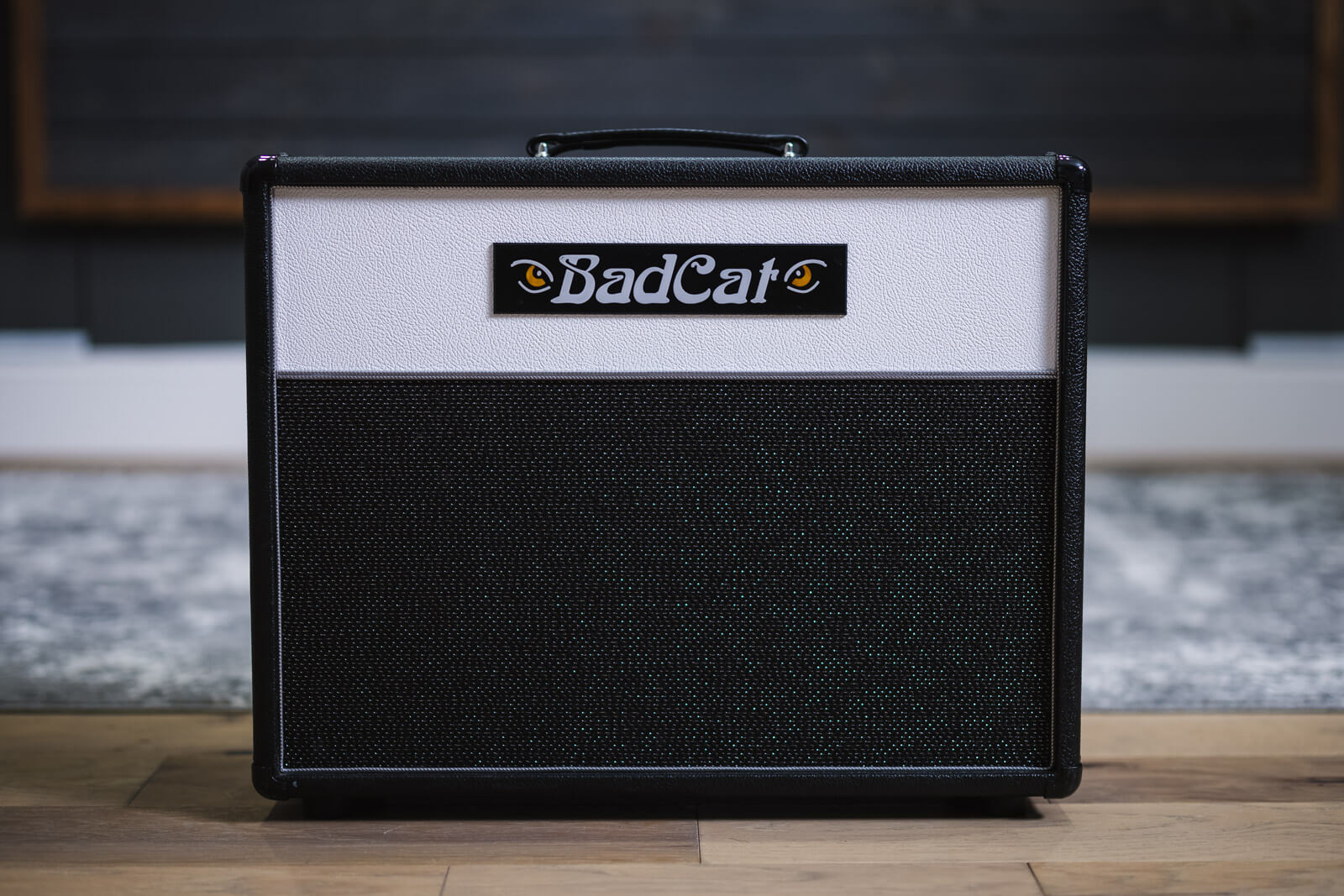
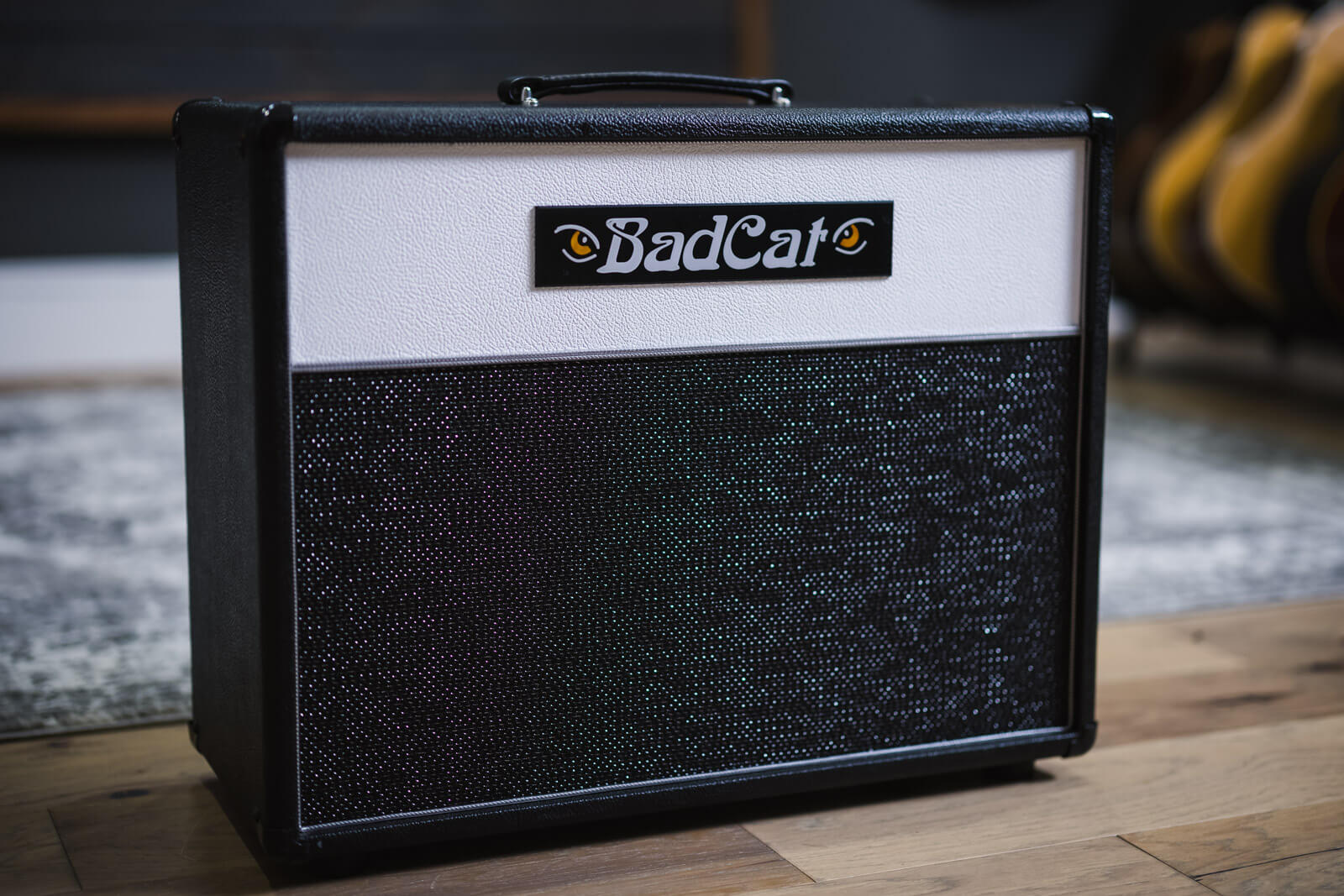
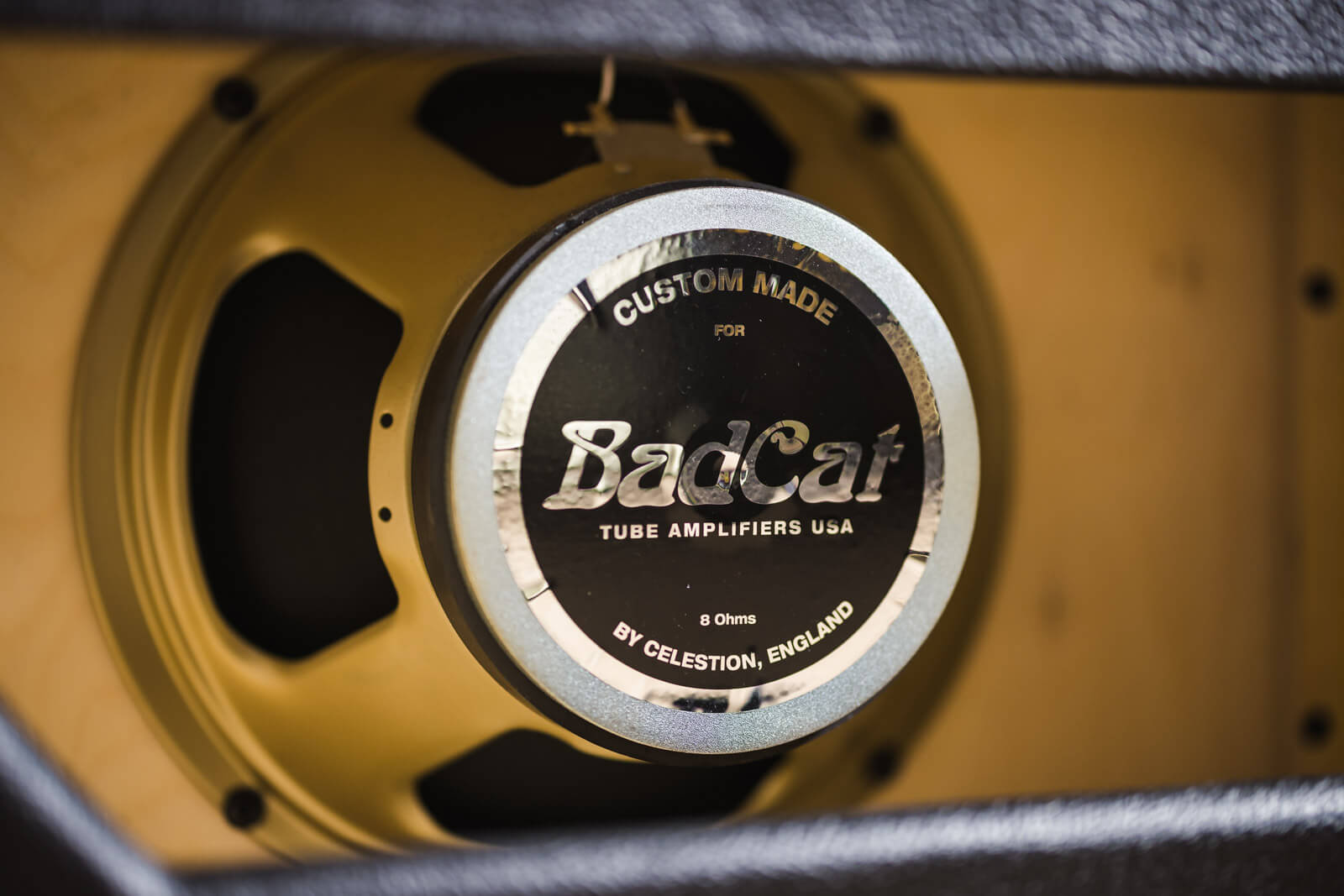
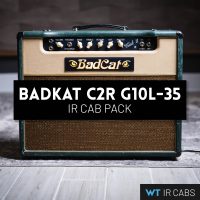
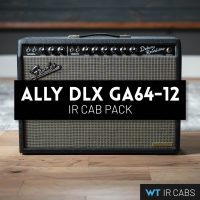
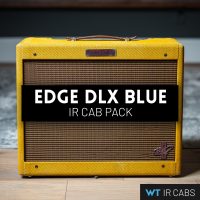
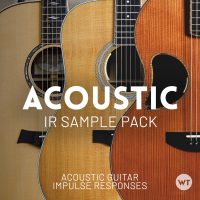
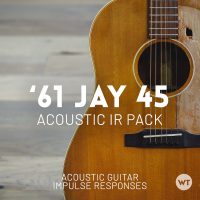
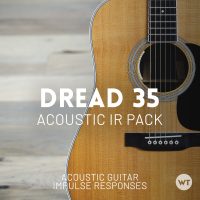
Reviews
There are no reviews yet.